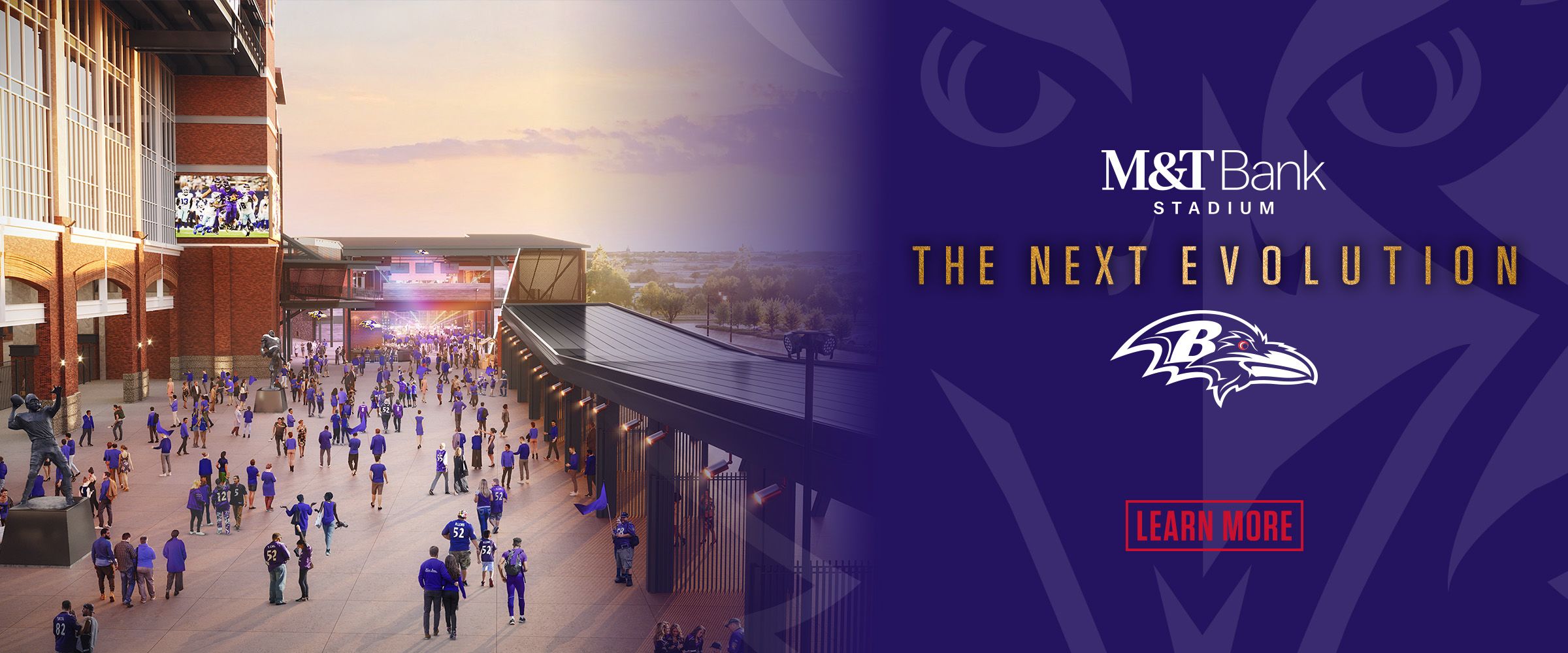When the Ravens' decision-makers met with the media in early January to dissect the team's disappointing 2015 season, they didn't throw up their hands and admit to being awful.
"The close losses, the tough losses, they piled up," Owner Steve Bisciotti said.
Oh, they didn't just shrug it off and attribute the season to a few bad bounces; they admitted their 5-11 record was warranted. But the longer they spoke, the more they identified injuries and turnovers, not roster architecture, as primary factors in their calculus of defeat. Asked what about the team needed to be fixed during the offseason, Bisciotti said, "I really don't think a lot has to be done."
Going forward, the owner concluded that day, "I hope we don't have as many injuries, and I hope we have a whole lot more turnovers. Yes, I think those kind of differences would get us back to where we want to be."
It's fair to say the organization's stance raised eyebrows around town: Seriously, they aren't going to take a chisel to the roster after THAT season?
That's not how the offseason played out, though. The Ravens eventually did partake in some aggressive roster engineering. They took a rare dip into the pricey first wave of free agency, coming away with the law firm of Weddle, Wallace and Watson. They turned all 11 of their 2016 draft picks into players instead of packaging several in a deal.
In the end, as they wrap up their offseason and open training camp this week at the Under Armour Performance Center, it's clear the Ravens will roll out a whole lot of "new" in 2016. Here are several ways to measure it:
- More than one-third of the 90 players on their training camp roster (32, by my count) weren't Ravens at the end of last season. That's well above the average amount of yearly turnover for an NFL team.
- Their 11-man draft class is their largest in 13 years, tied for the second largest in franchise history, and if the Ravens' past handling of rookies is any indication, most will make the team.
- Their projected starting lineup includes two new faces on the offensive line, Ronnie Stanley at left tackle and John Urschel at left guard; a new tight end, Benjamin Watson; a new wide receiver, Mike Wallace; two new defensive backs, safety Eric Weddle and slot corner Jerraud Powers; and a new inside linebacker (to be determined) to replace Daryl Smith.
That's close to one-third of the lineup turning over already, and more changes could arise before the season opener against the Buffalo Bills at M&T Bank Stadium on Sept. 11. Alex Lewis, a rookie offensive lineman, has opened a lot of eyes with his size and nastiness. If Dennis Pitta and Breshad Perriman are healthy enough for roles in the offense after not playing a down in 2015, the pass-catching rotation will be altered that much more.
Why have the Ravens ended up making so many changes after initially saying they didn't think much was needed?
The salary cap, as always, played a role; the Ravens wanted to retain guard Kelechi Osemele, but they couldn't match the bid of the Oakland Raiders, who had more cap space. There's no telling how things would have played out if Osemele had stayed – possibly quite differently.
Some of the change can be chalked up to typical roster evolution, as in the case of Daryl Smith, who was still a productive defensive player, but at 34, a cap casualty waiting to happen.
In the end, I think the Ravens just saw needs they weren't sure they could fill in-house, prompting them to jump into free agency for a secondary stabilizer (Weddle), a bona fide deep threat (Wallace) and a dependable tight end (Watson) whose presence enables Offensive Coordinator Marc Trestman to utilize the two-tight-end sets he favors but couldn't use because of injuries at the position in 2015.
I don't think the Ravens were wrong to think injuries and a poor turnover ratio had a lot to do with their 2015 season, but I also think they weren't wrong to go ahead and make significant changes to their roster.
If a 5-11 record doesn't suggest such moves are warranted, what does?



















